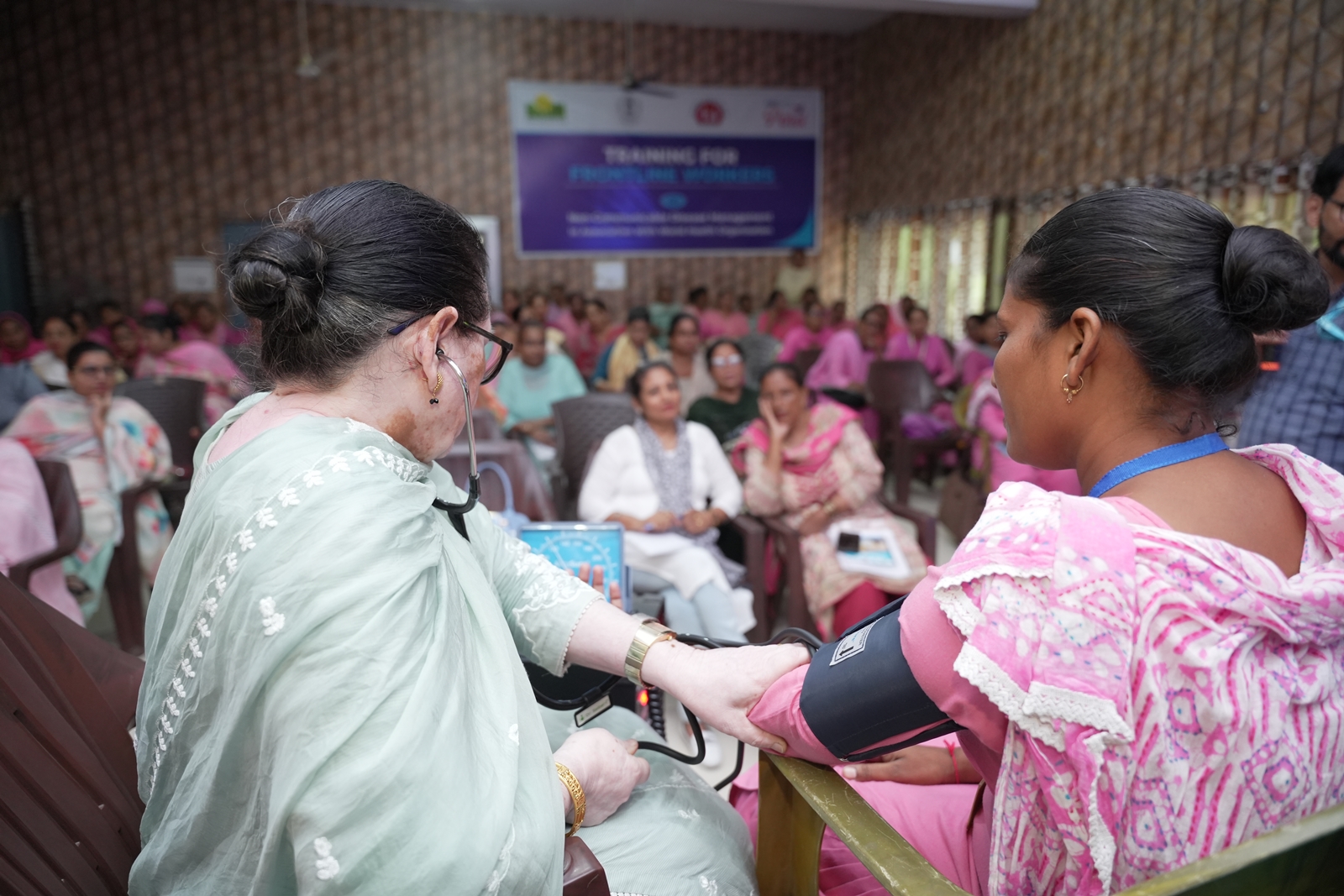Last month, the Gujarat government updated the existing ‘Naari Gaurav Neeti 2024’ and released a reformulated version. This revision aims to enhance women’s economic upliftment and empowerment in today’s context. A Times of India article reported that the goal was to adapt the law to meet the needs of evolving times. The policy guarantees equal opportunities for both men and women in various activities of state government departments and seeks to prevent any discriminatory practices. Chief Minister Bhupendra Patel reiterated that the objective of this reformed policy is to create an enabling environment for women and young girls. This initiative aims to promote equitable opportunities, eliminate gender discrimination and achieve inclusive development and empowerment through transformations in social structures. There has also been a larger attempt to incorporate sustainable development goals into the ambit of the policy.
This case highlights the urgent need to revise policies to achieve true gender equality in evolving times. Many existing policies established in the past often overlook the pressing issues of contemporary gender inequality. They may have been crafted without a thorough understanding of the unique needs of diverse gender groups. Additionally, specific laws and regulations can inadvertently perpetuate stereotypes and systemic barriers, hindering opportunities for marginalised genders. The intersectionality of gender with factors such as race, class, and disability complicates matters further, revealing that a one-size-fits-all approach does not work. Thus, it is essential to modify policies to reflect the intricate realities of gender dynamics, fostering inclusive environments that promote equality for everyone.
Envisioning a gender-equal nation
According to the Global Gender Gap Report 2023 published by the World Economic Forum, countries like India, Türkiye, and China have less than 7 percent of women serving as decision makers in the parliament. This statistic highlights a significant gender imbalance in political representation, underscoring India’s urgent need to incorporate gender considerations into its policies. To foster a more equitable society, it is crucial for the government to modify existing policies and create new frameworks that prioritise gender equality. This includes promoting women’s participation in politics, enhancing access to education and healthcare, and implementing measures that can ensure their equal participation in the workforce. By embedding gender considerations into all policy-making levels, the country can work towards a more inclusive and just society, ultimately benefiting the entire population.
Early this year, the Women’s Reservation Bill— which has experienced a tumultuous history since its introduction—was reissued in Parliament. This legislative proposal aims to reserve 33 percent of seats for women in the Lok Sabha and state legislative assemblies, marking a significant step toward enhancing women’s political representation in India. This serves as a critical example of how periodic policy changes can pave the way for a more robust democracy.
Overcoming Challenges Along the Way
Modifying policies for gender equality presents several challenges that cannot be overlooked. Resistance to change often arises from deeply rooted cultural norms and beliefs that perceive gender roles as fixed. Furthermore, policymakers frequently encounter a lack of necessary data to guide effective reforms. They may face opposition from stakeholders who perceive gender equality initiatives as threatening their interests.
A pertinent example of this complex dynamic is the ongoing discourse surrounding period leave. The central question remains: Is granting special leave for women during their menstrual cycle a progressive measure that will encourage more women to join the workforce, or does it risk becoming another excuse for employers to avoid hiring women altogether?
While many women have welcomed the idea of period leave as a way to acknowledge their needs, the conversation continues to be fraught with challenges. The debate surrounding this policy has illuminated critical issues regarding how workplaces can become more accommodating of women’s biological realities. Advocates argue that discussions on gender inclusivity must also consider the intersections of gender with factors such as age, socioeconomic status, and organisational hierarchy. By considering these dimensions, policymakers can work towards more nuanced and practical strategies that promote gender equality in a truly inclusive manner. This underscores the necessity for improved policies that facilitate greater inclusion of women in the workplace.
Onward and Upward
Even when policies are modified, their implementation can become a significant obstacle. Well-designed policies may falter if there is inadequate training, insufficient resources, or a lack of commitment from those responsible for enforcement. A notable example is the Maternity Benefit (Amendment) Act of 2017, which extended women’s maternity leave from 12 to 26 weeks. However, its implementation has encountered various challenges. Many organisations, especially in the informal sector, struggle with the resources and training necessary to comply with the new regulations. Additionally, there has been little commitment from the side of the employers in the formal sector.
In response to these challenges, adopting an approach that considers all stakeholders is essential. A multi-faceted strategy could involve collaboration among government officials to ensure adequate oversight, businesses to promote compliance and raise awareness, and civil society to advocate for women’s rights and offer support for those navigating these changes.
Furthermore, there is also a need to establish precise mechanisms for accountability and evaluation. Regular monitoring of policy implementation and outcomes can help identify gaps and areas for improvement, paving a way for gender equal mechanisms to thrive.









